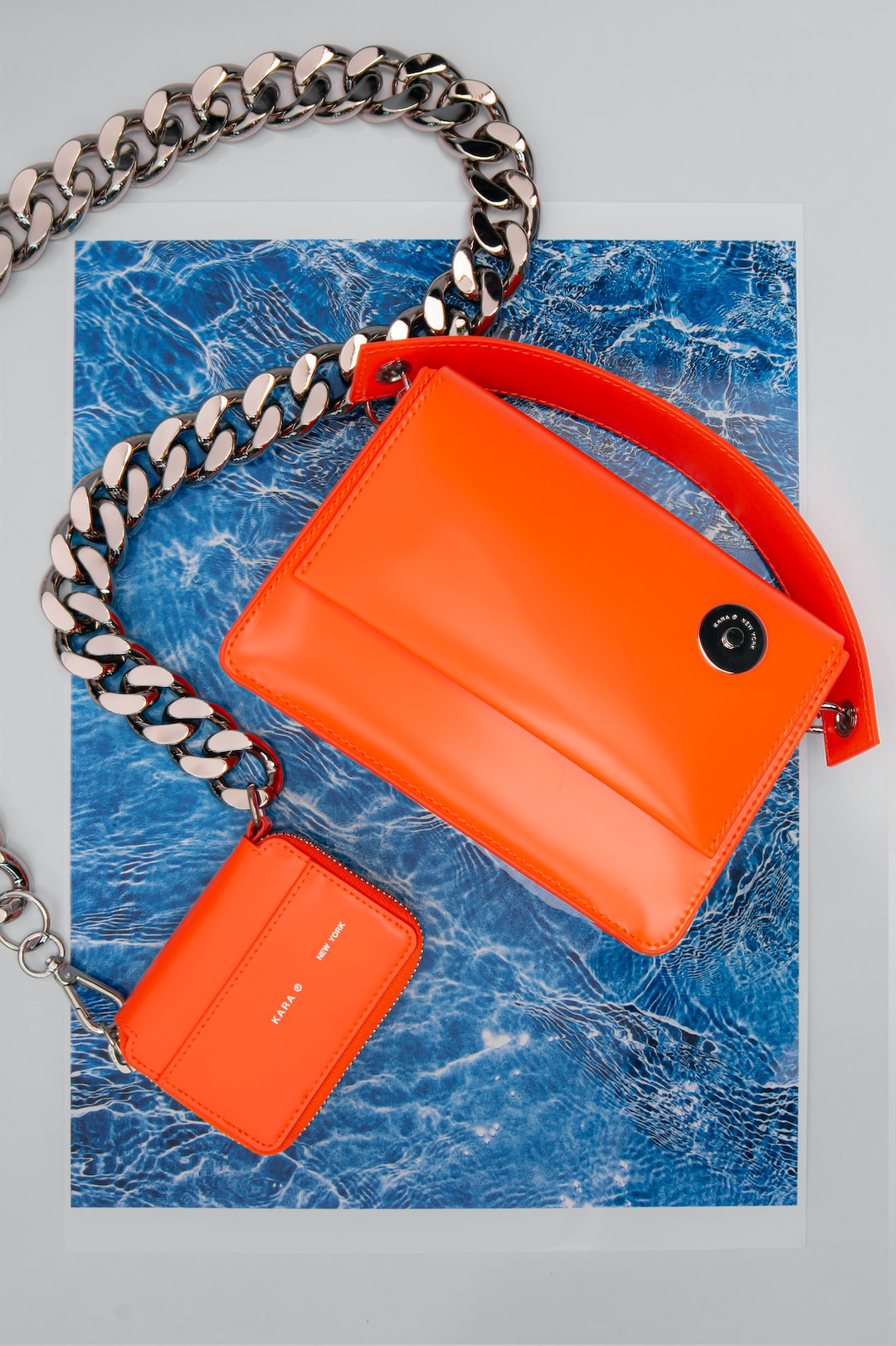Sustainable Fashion: How to Create an Eco-friendly Wardrobe
The fashion industry has been a major contributor to environmental degradation for many years. From the production of clothing to its disposal, the fashion industry has had a significant impact on the planet. However, with the rise of sustainable fashion, individuals now have the power to create an eco-friendly wardrobe and contribute to a greener future. In this blog post, we will explore some simple steps you can take to build a sustainable wardrobe.
1. Embrace Second-hand Shopping
One of the easiest ways to create an eco-friendly wardrobe is by embracing second-hand shopping. Instead of buying brand new clothes, consider shopping at thrift stores, consignment shops, or online platforms that specialize in selling pre-owned clothing. Not only does this reduce the demand for new clothing production, but it can also save you money and give unique pieces to your wardrobe.
2. Choose Sustainable Fabrics
When shopping for new clothes, opt for garments made from sustainable fabrics. Look for materials such as organic cotton, bamboo, hemp, and Tencel, as they have a lower environmental impact compared to conventional fabrics. These materials are often produced using less water, fewer chemicals, and have a smaller carbon footprint.
3. Invest in Timeless Pieces
Building a sustainable wardrobe is not just about choosing eco-friendly materials; it’s also about selecting timeless pieces that you can wear for years. Avoid falling into fast fashion trends that come and go quickly. Instead, invest in classic and versatile items that can be styled in different ways and stand the test of time. By doing so, you’ll reduce the need for excessive clothing consumption and minimize waste.
4. Support Sustainable Fashion Brands
In recent years, many sustainable fashion brands have emerged, offering stylish and eco-friendly alternatives to traditional fashion. These brands prioritize ethical production practices, use sustainable materials, and often have transparent supply chains. By supporting these brands, you are encouraging the growth of the sustainable fashion industry and sending a message to traditional fashion companies that eco-friendly practices are important.
5. Take Care of Your Clothes
Extend the life of your clothing by properly caring for it. Follow the care instructions on the labels, mend garments when they get damaged, and avoid excessive washing and drying. By taking good care of your clothes, you can reduce the need for replacements and contribute to the longevity of your wardrobe.
6. Swap or Borrow
Instead of buying new clothes for every occasion, consider swapping or borrowing outfits with friends or family members. Organize clothing swaps with your peers to exchange pieces you no longer wear. This way, you can refresh your wardrobe without spending money or contributing to the production of new clothing.
7. Recycle and Upcycle
If you have garments that you no longer wear or need, don’t just throw them away. Explore recycling and upcycling options. Some brands and organizations accept clothing donations for recycling purposes. Additionally, you can repurpose old clothes by turning them into new items or altering them to fit your current style. Get creative and give your clothes a new lease on life!
Creating an eco-friendly wardrobe is an ongoing process. It involves making conscious choices, supporting sustainable practices, and taking care of your clothes. By embracing second-hand shopping, choosing sustainable fabrics, investing in timeless pieces, supporting sustainable fashion brands, and taking care of your clothes, you can make a significant difference in reducing the environmental impact of your wardrobe. Start small and remember that every sustainable choice counts. Together, we can create a fashion industry that is not only stylish but also sustainable.
